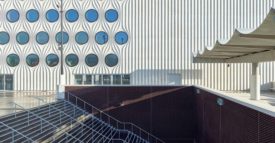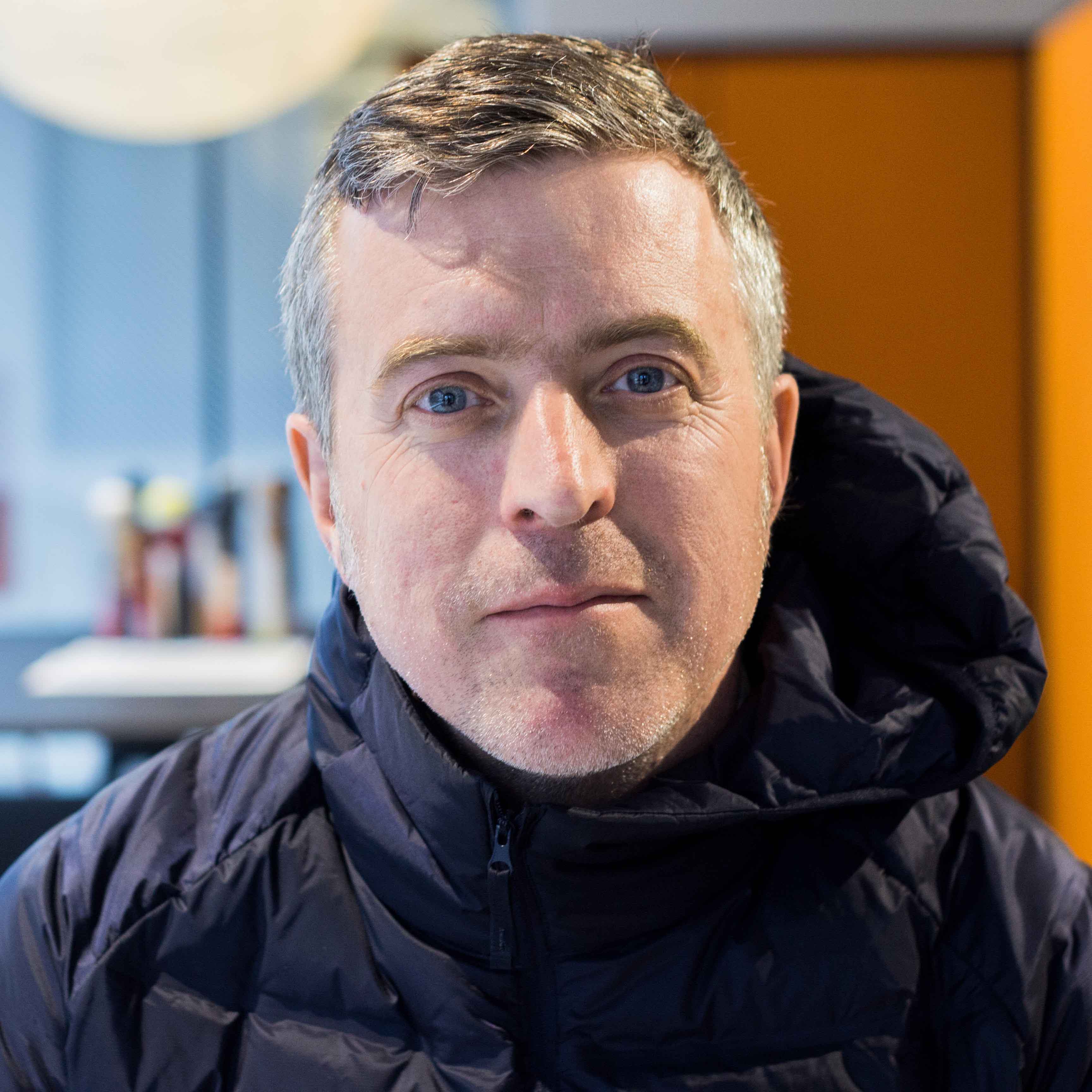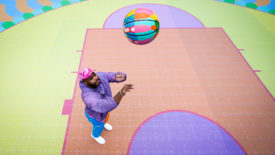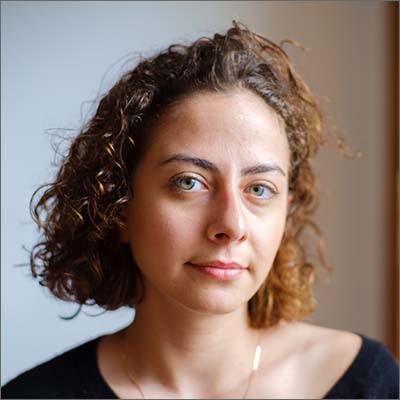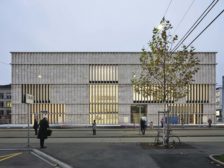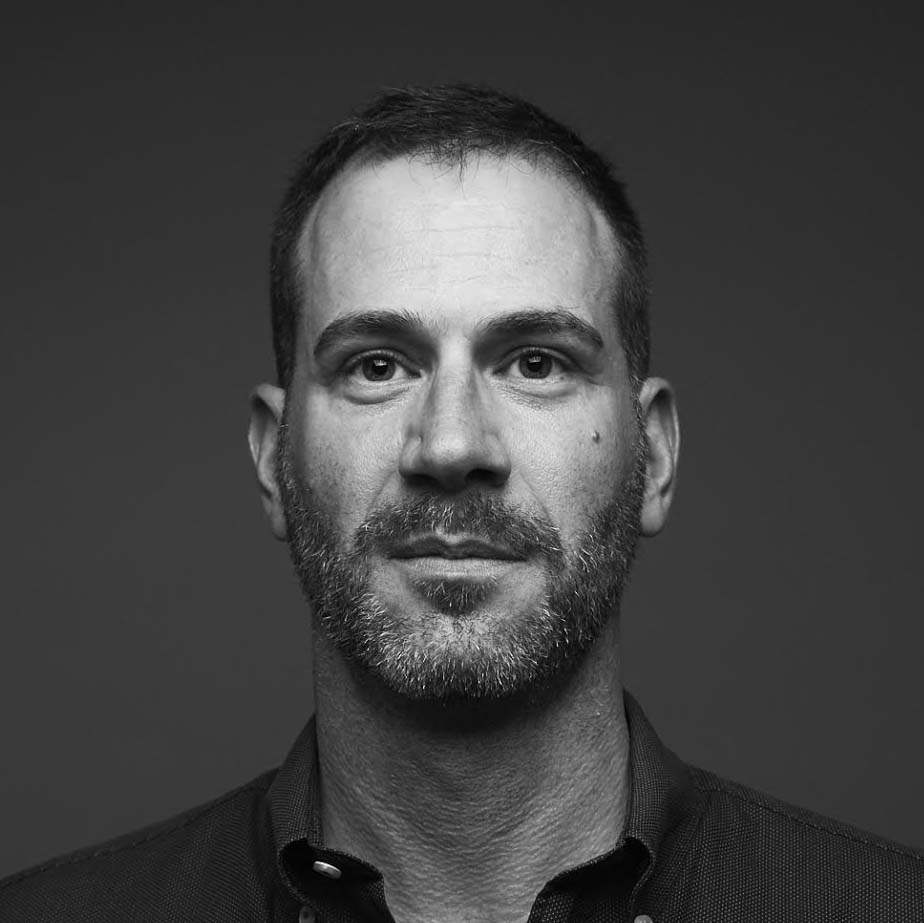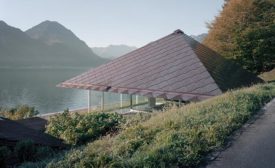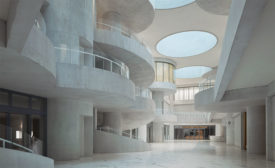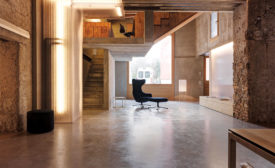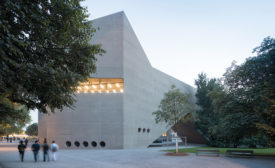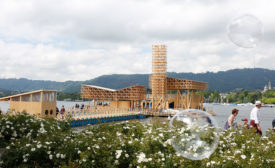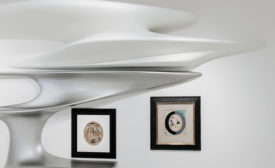Home » Keywords: » Zurich
Items Tagged with 'Zurich'
ARTICLES
Extension of the Swiss National Museum
A modern addition to a 19th-century museum uses bold geometry to connect old and new.
Read More
Zaha Hadid’s Design for Kurt Schwitters Exhibition
The architect’s final design for Zurich’s Galerie Gmurzynska pays homage to a Dada master.
Read More
Copyright ©2024. All Rights Reserved BNP Media.
Design, CMS, Hosting & Web Development :: ePublishing
